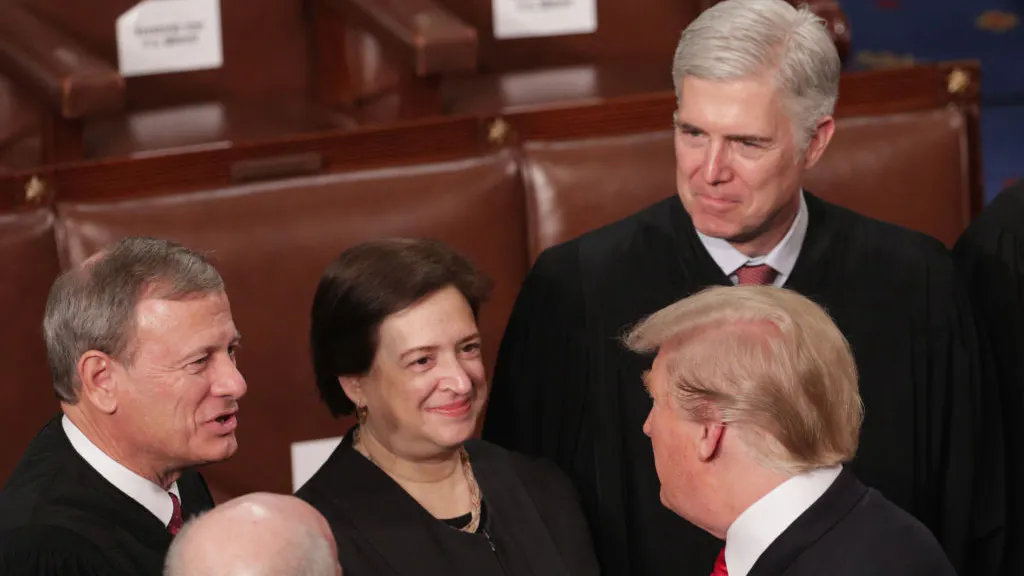The Washington Post has published an article claiming Senate Republicans’ schedule for confirming a new Supreme Court justice nominated by President Donald Trump is “unprecedented in modern history.”
The readily available facts, however, say otherwise. For starters, “modern history” is defined in the article in specific and cherry-picked ways to ding Trump. Even then, the definitions don’t make the schedule “unprecedented.”
The current timeline set by Senate Judiciary Committee Chairman Lindsey Graham (R-SC) would start confirmation hearings during the week of October 12 and schedule the confirmation vote for around October 23.
Modern history is first defined by the Post as “during an era in which toxic partisan fights over the judiciary have only further polarized the Senate.” Using this definition, the timeline for Trump’s Supreme Court nominee is not unprecedented. One only has to look back to the 1991 nomination of Justice Clarence Thomas to find a “toxic partisan fight over the judiciary.” Thomas was dubiously accused of sexual harassment by a woman who has since been lionized as a victim despite testimony that contradicted her FBI interview and allegations that never added up. Following the contentious hearings, Thomas was nominated by a vote of 52-48, similar to the totals current Supreme Court justices get in the Senate.
Just two years later, in 1993, Ruth Bader Ginsburg was nominated by President Bill Clinton. He nominated her on June 22. Her confirmation hearings began on July 20 and she was confirmed on August 3. This confirmation took place near to one that could be considered part of the “toxic partisan fights” and yet the time between the start of her confirmation hearings and confirmation vote was just 13 days.
If the Senate sticks to the current outline, which isn’t set in stone, the time between the start of Trump’s nominee’s confirmation hearings and her potential confirmation vote would be about 12 days, just one day short of Ginsburg’s. Hardly different enough to warrant the pearl-clutching “unprecedented in modern history” label.
Further down in the Post article, the authors point out that three Supreme Court justices were confirmed in short amounts of time, yet claim all three were confirmed in “less fiercely partisan times,” ignoring not only the Democrats’ treatment of Justice Thomas, but also the character assassination of President Ronald Reagan’s nominee Robert Bork.
The Post then uses the cherry-picked data that confirmation hearings for Supreme Court nominees typically take place 50 days after their nomination, while noting that time for Ginsburg was just 28 days. But the Post leaves out former Justice John Paul Stevens, who was nominated by President Gerald Ford on November 28, 1975, and whose confirmation hearings began just 10 days later on December 8. His confirmation vote occurred nine days after that, on December 17, 1975. The Post does mention Stevens later in the article, but not when it comes to proving its point that this Senate schedule would be “unprecedented.”
If Trump nominates someone on Friday, September 25, and the confirmation hearings begin on October 12, there would be 17 days in between, almost enough time to seat one John Paul Stevens.

.png)
.png)

